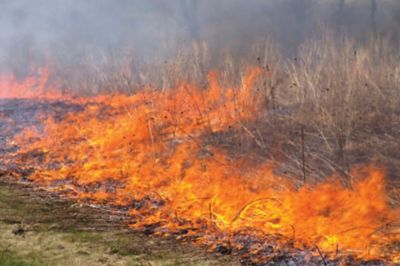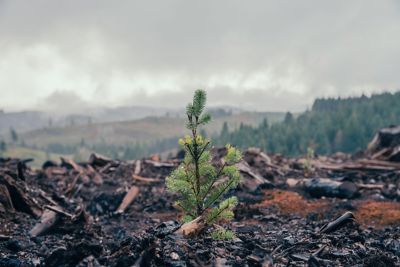The damage that wildfires have caused in recent years make it very clear that a well-planned and balanced approach is needed that focuses on prevention and restoration. Proper planning, along with the technical guide will assist all stakeholders in managing our habitats, forests and grasslands.
Winter Annual Grasses & Noxious Weeds: Application Timing Overview
Corteva Agriscience's Pasture & Land Management Specialist, Trent Brusseau, discusses how application timing is the key to getting the most out of your herbicide application. He reviews tank mixes and application timing to manage cheatgrass, Canada t








